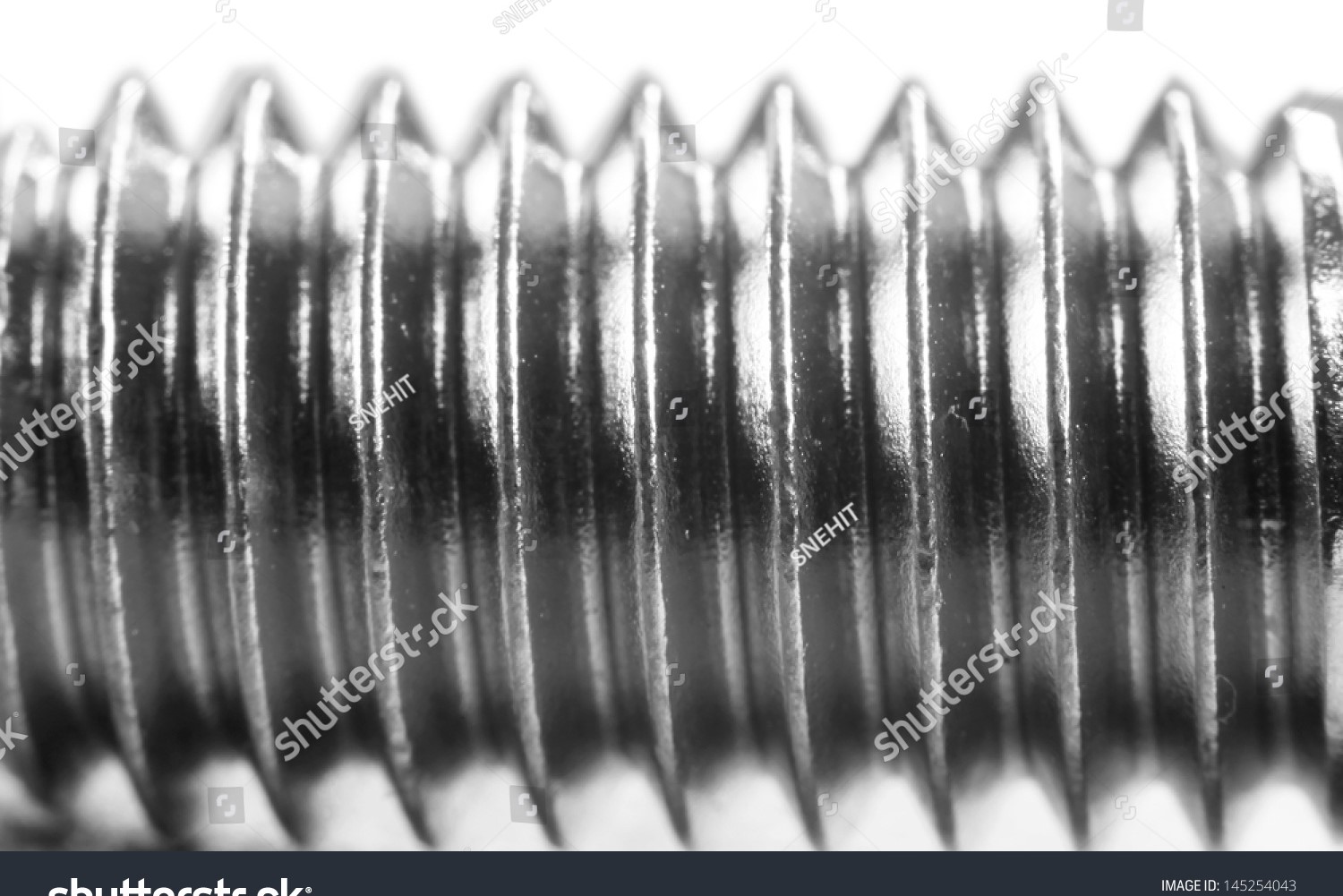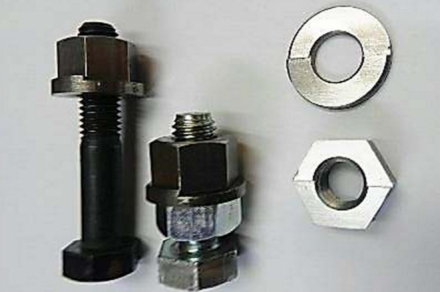News
Q&A with Fastener Professor, Dr. Toshimichi Fukuoka- On Screw Thread and Friction


Add to my favorite
2021-09-13
Q1: How is the relationship between thread and friction?
A: As shown in Figure 1, friction becomes a problem on the pressure flank of the thread surface where male and female threads engage, the nut bearing surface and bolt head bearing surface, and the same goes with the plate interface in a fastened state. On each surface, there exist two coefficients of friction(μ), one being in the circumferential direction, along which the nut is rotated, and the other in the radial direction perpendicular to the former direction. The direction of each coefficient of friction is identified by the subscripts, θ and r. In fastening threads, loosening threads, or in a loosening phenomenon, coefficient of friction in the circumferential direction, mq, mostly becomes a problem. Therefore, it is the coefficient of friction in the circumferential direction that becomes the problem in fastening threads with a torque wrench. When external load is applied to the bolted joint, friction force exerts in the opposite direction against the load on the contact surface. Therefore, we have to consider the effect of coefficient of friction in the direction that the external load exerts. If the applied load exceeds friction force (the product of the force acting normal to the surface and coefficient of friction), slippage occurs and it causes various problems in the bolted joint. To prevent the slippage, coefficient of friction is sometimes intentionally raised by making the surface uneven.
Q2: Is small coefficient of friction desirable in screw threads?
A: When screw threads are fastened using a torque wrench, the rate of wasteful energy consumed as a friction work is increased as the coefficient of friction increases. Small coefficient of friction is desired to reduce the wasteful energy. However, if the coefficient of friction is too small, frictional resistance on the thread surface is reduced, and then it leads to the state where the nut rotates and loosens up by itself, which calls for attention. “Scatter of coefficient of friction” is also important. Focusing on the fastening process, the smaller the coefficient of friction, the smaller the fastening torque required to generate the same axial bolt force. However, the axial l bolt force can significantly vary by a minor variation of coefficient of friction. For example, let us compare the cases of the average value of coefficient of friction being 0.2 and 0.1. If the coefficient of friction varies as much as 0.02, the scatter of bolt force is 10% in the former case and 20% in the latter case. The ideal condition for fastening threads is “Regarding coefficient of friction, its absolute value and scatter are both small”. However, it is quite difficult to satisfy the two conditions simultaneously. On the other hand, when the bolted joint is in use, large coefficient of friction is desirable so that slippage does not occur.
Q3: How the coefficient of friction of screw threads can be measured
A: The following explanation is limited to the fastening process with torque control method. When torque is applied to fasten the nut, coefficients of friction in the circumferential direction on thread surface and nut bearing surface become a problem. Figure 2 shows a test equipment which can measure the two coefficients of friction separately. The fastening torque applied to the nut is measured by a torque wrench. Using strain gages and crossed gages installed on the test equipment, axial bolt force and the torque exerted on the threaded portion are measured, from which the coefficients of friction can be calculated. Assuming that the two coefficients of friction are the same value, we can obtain the coefficient of friction just by measuring the fastening torque and axial bolt force. Please refer to author’s book, “Threaded Fasteners for Engineers and Design – Solid Mechanics and Numerical Analysis –”, for more details.
Q4: Is it possible that coefficient of friction could vary on the same contact surface?
A: In bolted joints which are repeatedly fastened or disassembled for inspection or other purposes. As the conditions of the contact surface may change before and after the operation, coefficient of friction could change more or less. Additionally, coefficient of friction could also vary depending on the fastening methods employed. Let’s consider the case of fastening large screw threads with human power. Depending on how fast the contact surface slips, the value of coefficient of friction could change, i.e., when an operator with sufficient physical strength turns the nut slowly at a constant speed or when an operator with less physical strength fastens up the nut in one go. This phenomenon is one of the reasons for the difference in coefficient of friction between when using high-speed-fastening impact wrenches and using low-speed-fastening electric/hydraulic/pneumatic wrenches.
Reference
1. Toshimichi Fukuoka, “Threaded Fasteners for Engineers and Design – Solid Mechanics and Numerical Analysis –”, pp.90-93, Corona Publishing Co., Ltd. (2015)
扣件博士
螺絲摩擦力
Dr. Fastener
screw thread and friction
扣件
國際展會
惠達雜誌
匯達實業
外銷媒合
廣告刊登
螺絲五金
五金工具
紧固件
台灣扣件展
印度新德里螺絲展
越南河內螺絲展
墨西哥瓜達拉哈拉螺絲展
美國拉斯維加斯螺絲暨機械設備展
波蘭克拉科夫螺絲展
義大利米蘭螺絲展
德國司徒加特螺絲展
wire Dusseldorf
FASTENER FAIR INDIA
FASTENER FAIR VIETNAM
FASTENER FAIR MEXICO
FASTENER POLAND
FASTENER FAIR ITALY
FASTENER FAIR GLOBAL
FASTENER WORLD








